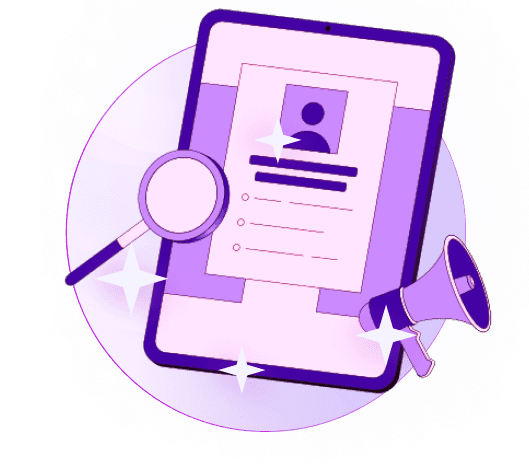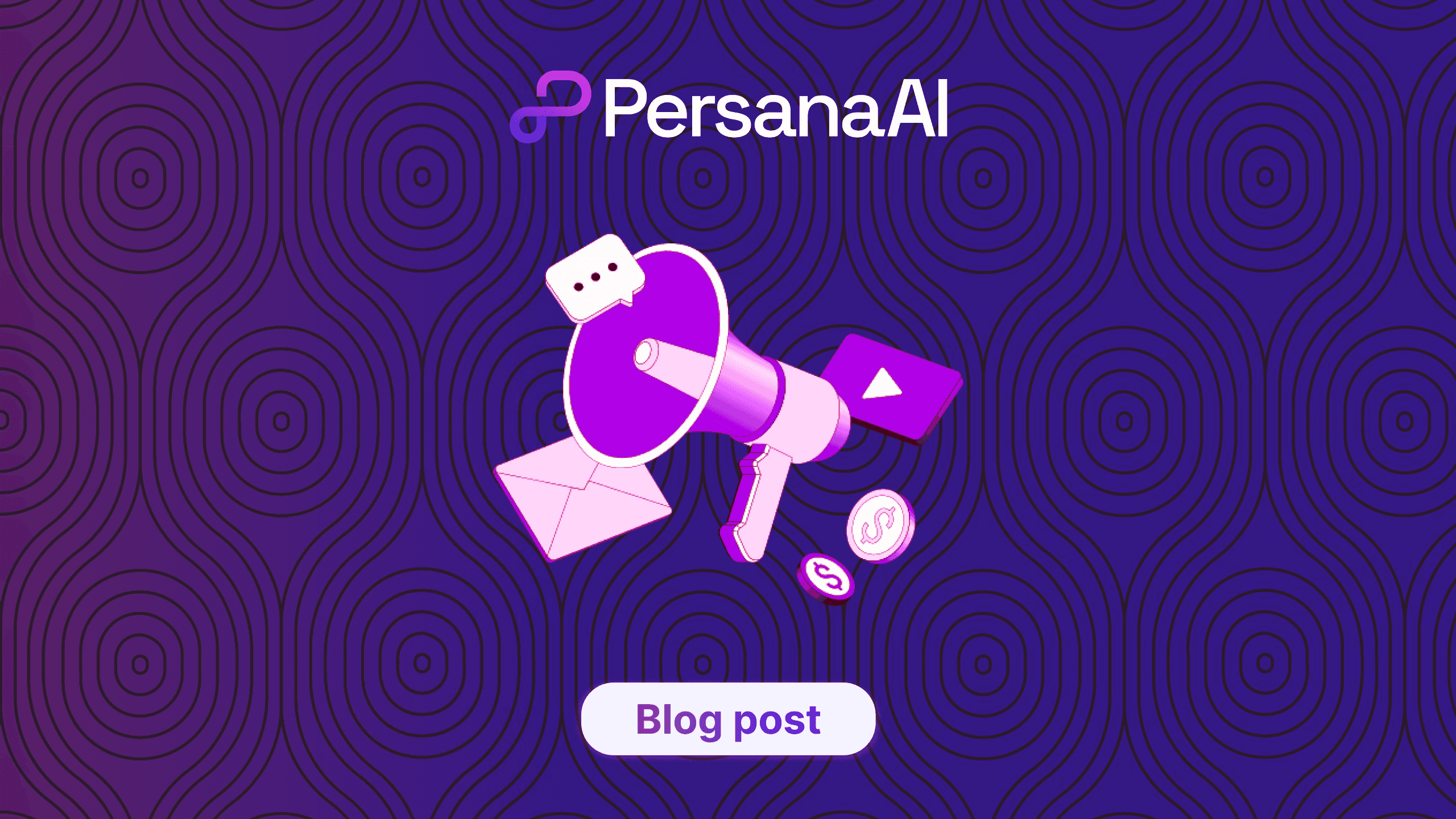Blogs
Articles

6 Common Mistakes to Avoid When Implementing AI in Email Marketing
6 Common Mistakes to Avoid When Implementing AI in Email Marketing
In the era of digital marketing, artificial intelligence (AI) isn’t just a buzzword; it’s a game-changer. Email marketing, in particular, has seen a seismic shift thanks to AI, making personalized experiences for consumers more efficient and effective than ever. However, as companies rush to integrate AI into their email campaigns, they often stumble over common pitfalls. In this blog post, we’ll explore six common mistakes you need to avoid to successfully implement AI in your email marketing strategy.
1. Overlooking Data Quality
When it comes to AI, garbage in equals garbage out. The quality of your data matters more than anything else. Relying on outdated or inaccurate information will yield poor results. AI thrives on data, so investing time in cleaning and enriching your datasets is essential. This process involves not only fixing inaccuracies but also updating contact information and understanding your audience’s preferences.
Imagine sending out a beautifully crafted email that speaks directly to your audience, only to realize half of your recipients haven’t updated their email addresses in years. Frustrating, right? You can avoid this hassle by using tools that help you enrich your data and keep it fresh. For instance, solutions like Persana.ai can automate these processes, allowing you to create comprehensive lead lists that are up-to-date and accurate. This ensures your AI can deliver its full potential in tailoring your campaigns.
2. Neglecting Personalization
One of the biggest advantages of AI in email marketing is personalization. Yet, some marketers think they can just slap a first name at the beginning of an email and call it a day. True personalization goes beyond just using a recipient’s name; it’s about understanding their preferences, buying behavior, and interaction history.
Before diving into AI, take time to segment your audience based on their interests and previous interactions. Are there specific products they’ve shown interest in? Or perhaps certain types of content that resonate more with them? By understanding these nuances, you equip your AI tools to craft tailored messages that genuinely connect with each recipient.
3. Failing to Test and Optimize
Just because you’re using AI doesn’t mean you can hit “send” and walk away. In fact, running tests and analyzing the results should play a pivotal role in your email marketing strategy. AI can analyze vast amounts of data and provide insights, but if you’re not continually testing your campaigns, you may miss out on critical opportunities for improvement.
Always make room for A/B testing! Try different subject lines, call-to-action buttons, or email layouts. Using AI can help automate this process, enabling you to analyze engagement rates and other metrics more efficiently. Remember, the goal is to optimize each campaign for the best possible outcome.
4. Ignoring Customer Feedback
Your customers will often tell you what they want, but only if you’re willing to listen. Many marketers overlook the importance of customer feedback in their AI implementations. Pay attention to engagement rates, survey results, and even direct responses to your emails.
Feedback can provide invaluable insights into what works and what doesn’t. AI can assist in identifying patterns in customer responses, allowing you to refine your messaging and make informed decisions for future campaigns.
Being receptive to feedback demonstrates that you value your customers’ opinions and can lead to deeper connections—something that’s often forgotten in an AI-driven world.
5. Misunderstanding Your AI’s Capabilities
It’s essential to have realistic expectations about what AI can do for your email marketing. It’s not a magical solution that will solve all your problems overnight. AI excels at analyzing data, automating repetitive tasks, and providing insights, but it still requires a human touch.
Too often, businesses rush into AI implementation thinking it will generate über-personalized messages without any input from their team. But, the fact is, while AI can handle a lot, it needs your expertise to guide it. Your understanding of your audience is irreplaceable; AI is simply a tool that assists you in delivering the right messages.
6. Neglecting Integration with Outbound Tools
Lastly, one of the biggest mistakes is failing to integrate AI with your existing outbound tools. Email marketing shouldn’t exist in a vacuum; it works best in conjunction with your broader marketing strategy. Many marketers still rely on disparate tools, which can lead to missed opportunities and disjointed campaigns.
Take the time to seamlessly integrate AI-powered solutions with tools you’re already using to automate manual processes. For example, consider how Persana.ai integrates with your existing outbound tools to streamline lead generation and prospecting. By enriching data and automating your workflow, you can focus on crafting compelling emails rather than getting bogged down in administrative tasks.
Moving Forward with AI in Email Marketing
Implementing AI into your email marketing strategy can undoubtedly enhance your campaigns, but avoiding these key mistakes is crucial for success. Focus on quality data, true personalization, continuous testing, and integration with existing tools to reap the full benefits of AI technology.
Navigating this new landscape can be daunting, but you don’t have to do it alone. Consider exploring AI solutions like Persana.ai for help with generating lead lists, enriching data, and automating manual processes. This way, you can focus on what you do best—engaging your audience with personalized, effective email campaigns.
By steering clear of these common pitfalls, you’ll be well on your way to leveraging the full power of AI in your email marketing efforts. Remember, it’s all about creating an exceptional experience for your customers—one personalized email at a time. Happy emailing!

Create Your Free Persana Account Today
Join 5000+ GTM leaders who are using Persana for their outbound needs.
How Persana increases your sales results
One of the most effective ways to ensure sales cycle consistency is by using AI-driven automation. A solution like Persana, and its AI SDR - Nia, helps you streamline significant parts of your sales process, including prospecting, outreach personalization, and follow-up.



